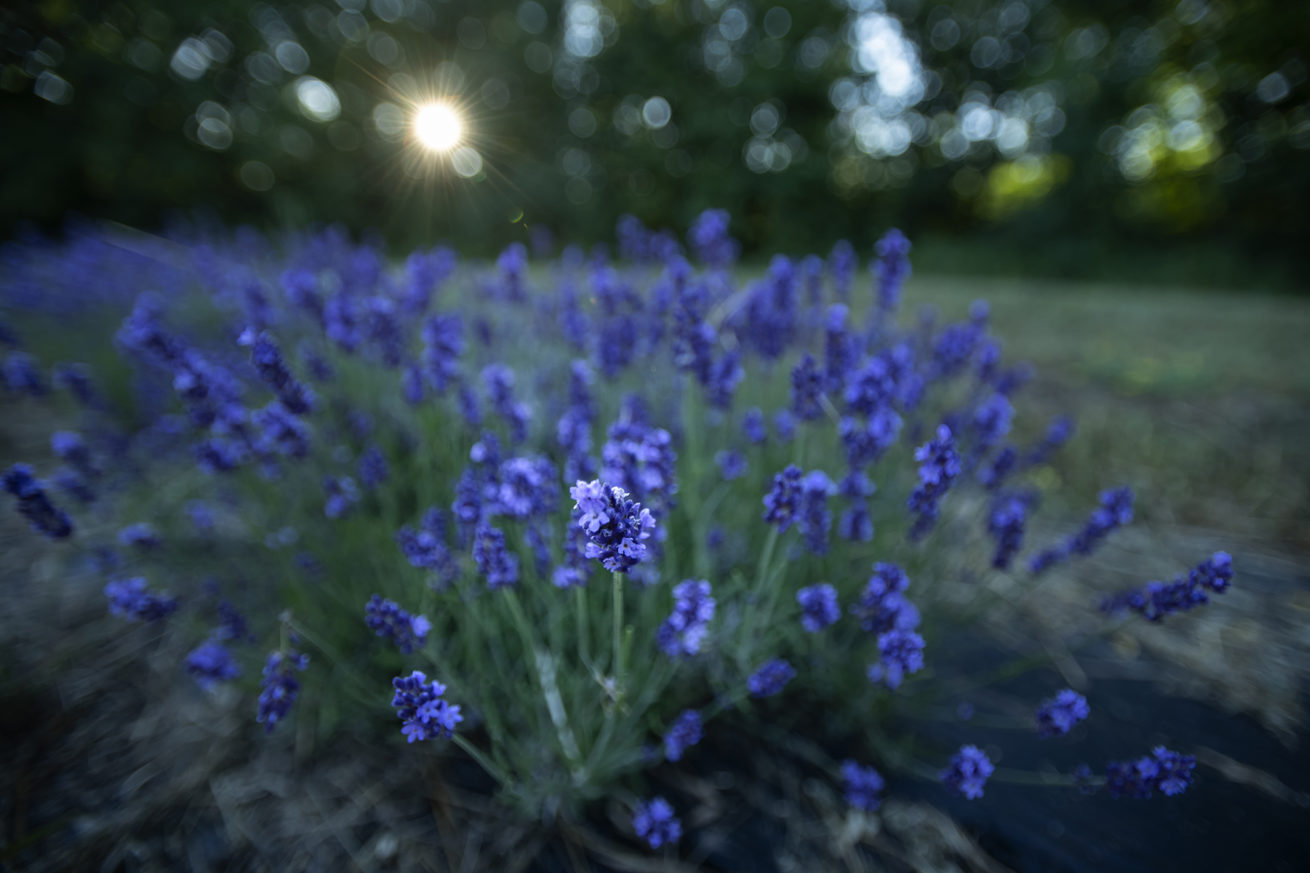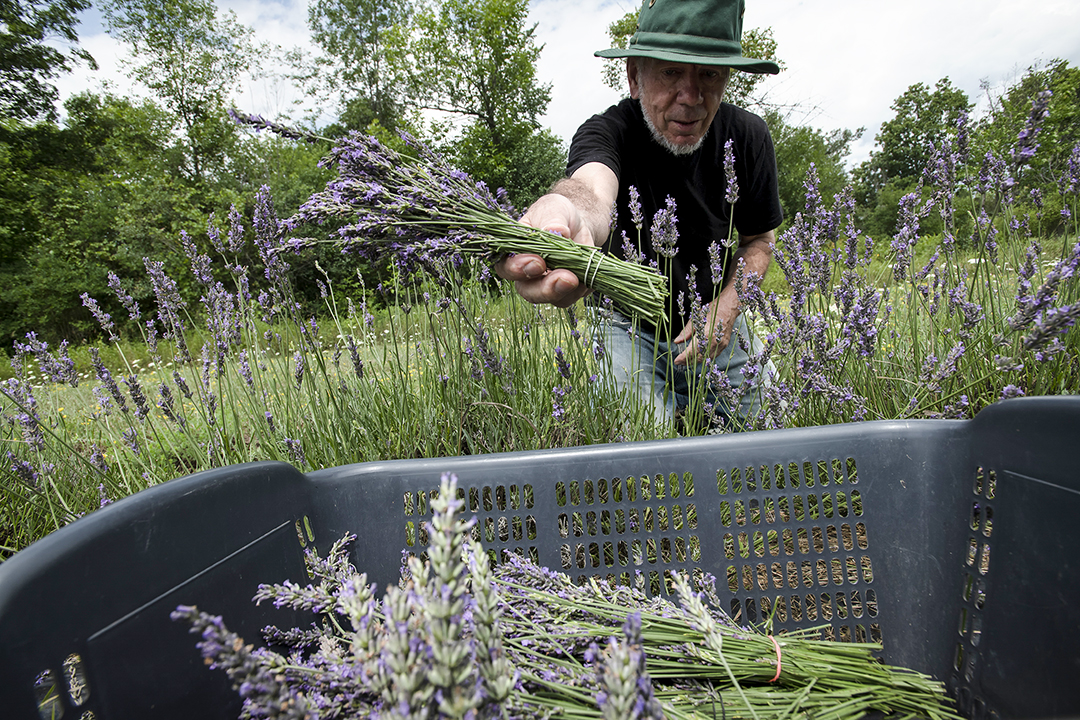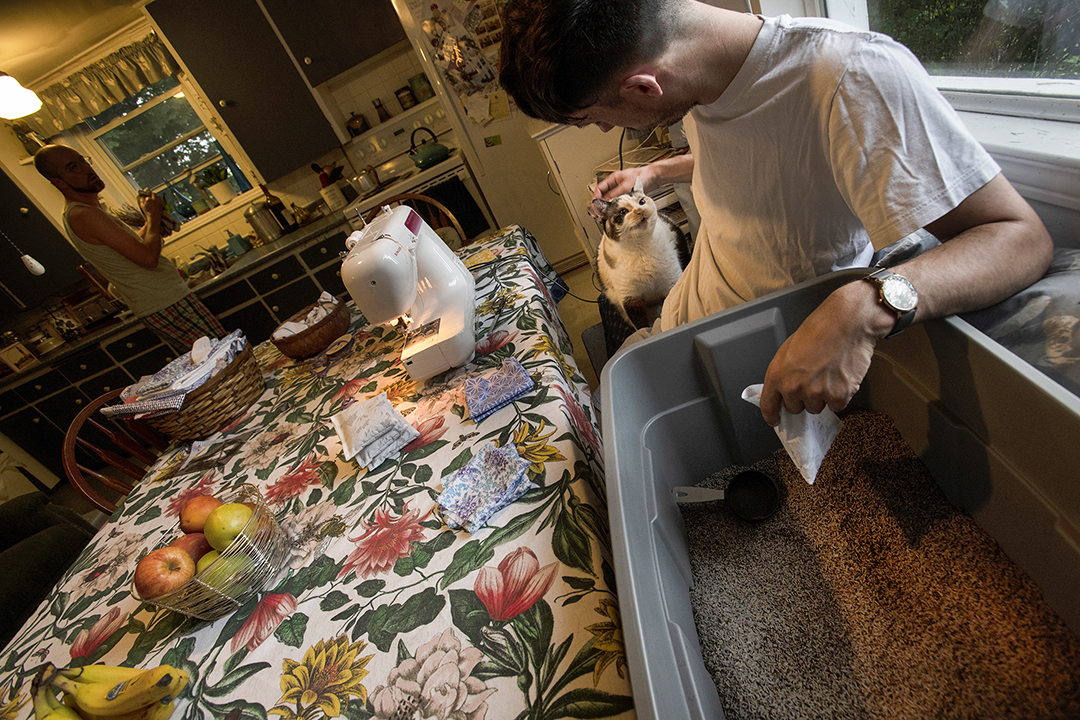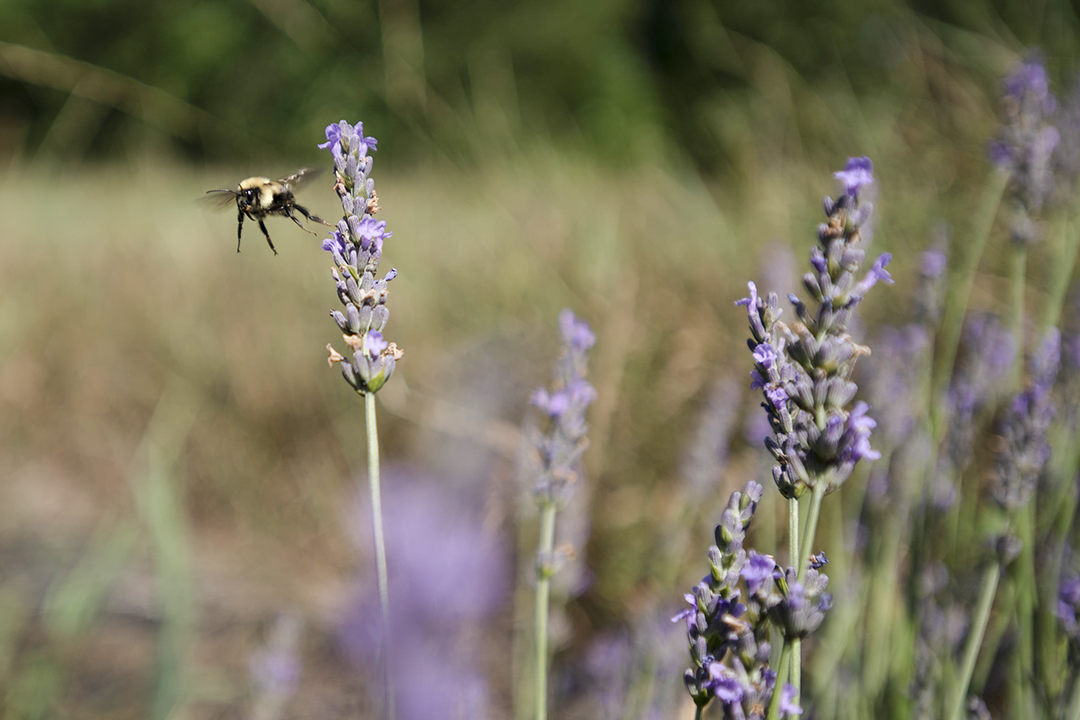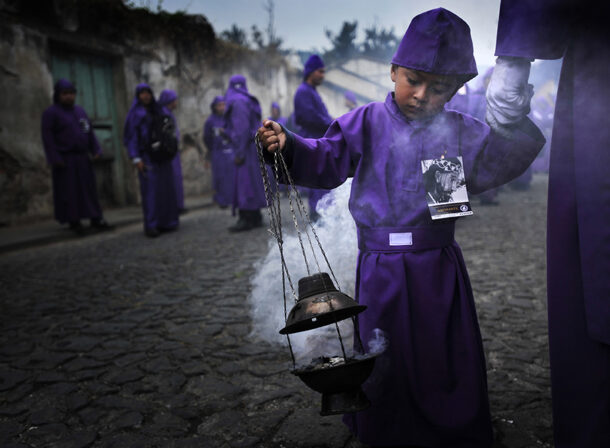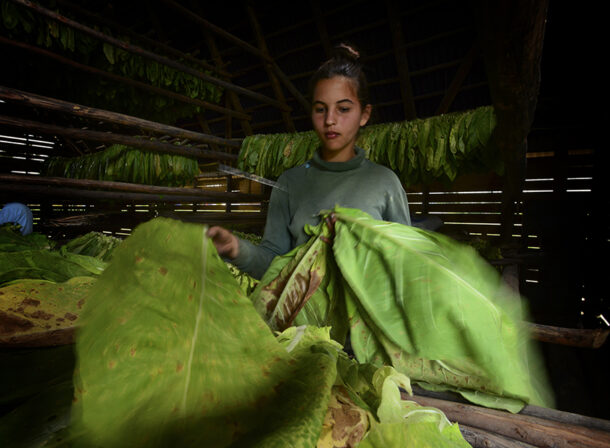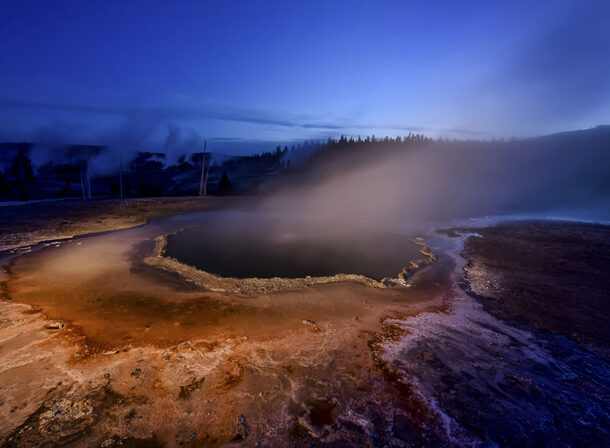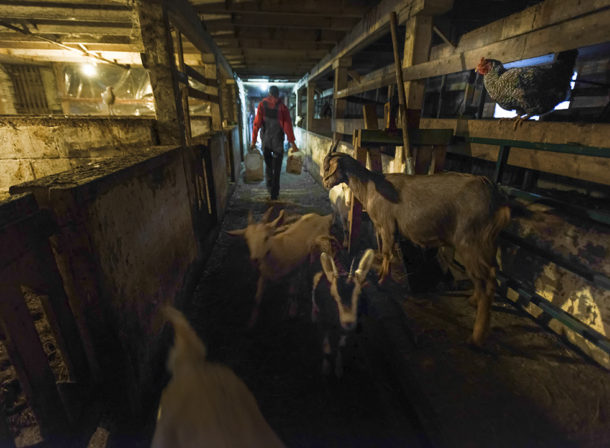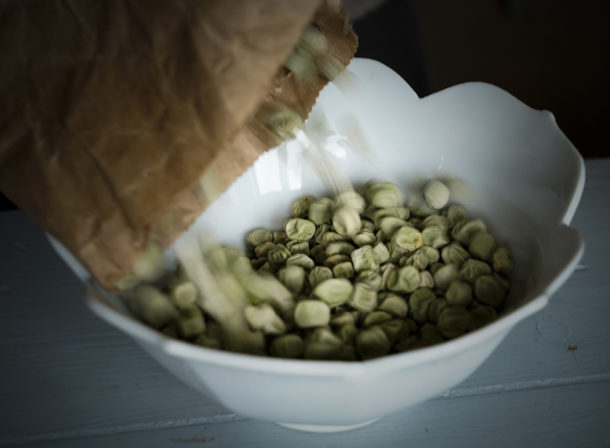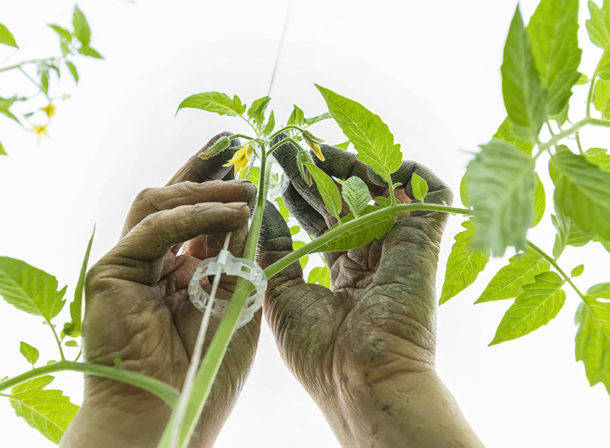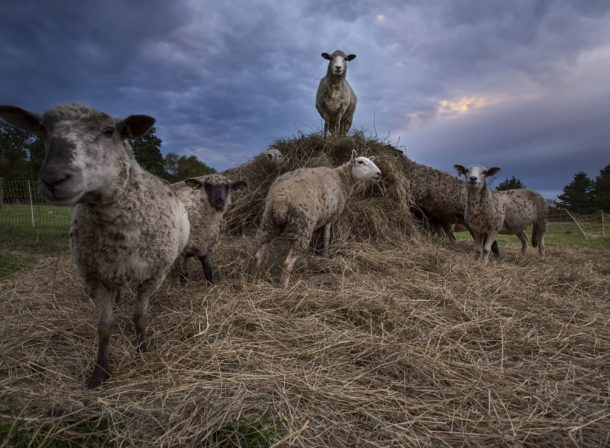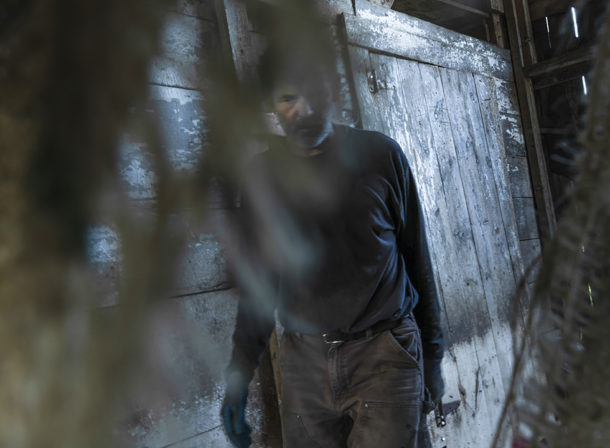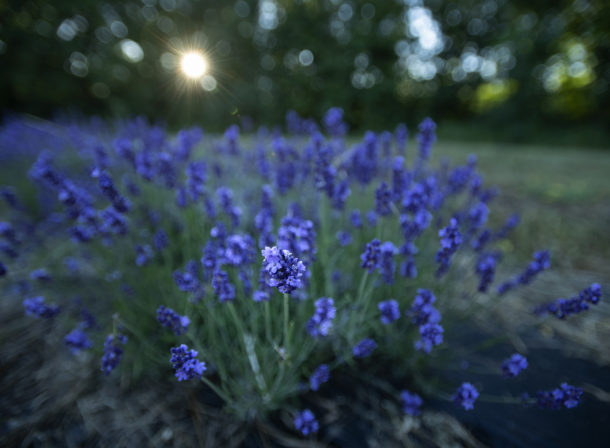“I grew up on a dairy farm,” says Darcy McNinch. “I thought I would never go back. When I was in high school, I wanted to get away, to move to the city.”
Keith Gawronski grew up in the suburbs of Chicago, but moved to Toronto, where Keith and Darcy met. They got married in 2012. On an anniversary trip to France, they stayed at a farmhouse next to a vineyard, and were inspired to look at rural life through fresh eyes. “People had animals, and gardens, everything was so beautiful,” says Keith.
Tired of Toronto’s hectic pace and rush hour traffic, they decided to take the plunge and move to a family farm that had belonged to Darcy’s late grandparents. Keith says: “Farming came from wanting to plant roots, literally.”
They decided to grow a crop that wasn’t part of family tradition: lavender. “We always loved herbs,” Keith explains.
A new organization—the Ontario Lavender Association—had started research trials in Ontario. Through that association, Keith explains, “We met nice, encouraging farmers. We thought: ‘Okay, we’ve got a little bit of a support network here.’” They could also rely on help from Darcy’s family.
The family farm where they live is over 220 acres, but the area they cultivate for lavender is much smaller. The lavender plants are tucked away in a “secret field” near the back of the farm, surrounded by forest. “People picture these big fields of purple,” says Keith. “But we started with just over a thousand plants, a little over an acre. We have to take care of every plant.”
The plants can live for 20 years, and need to be carefully pruned and weeded by hand. Keith and Darcy talk about the lavender plants as individuals. “I have a map to keep track of how well they are doing.” Darcy explains. “If certain plants aren’t doing as well, we give them extra attention.”
Lavender is pruned in the spring, to train the plants to a round shape, but the harvesting happens in the summer. “We never harvest everything,” says Keith. “We leave some for the bees.”
After the harvested flowers stalks are dried, Darcy and Keith make a variety of products to sell at local farmers’ markets, including baked goods, herb sachets, lavender-infused oil, and bath bombs. The scent of lavender is delectable, and lavender is thought to have calming and medicinal properties.
Their biggest farming challenge is time management. Both work full-time off-farm at Queen’s University (where Darcy is also pursuing a PhD).
“It’s overwhelming sometimes,” says Keith. “We have to prioritize where we get the most income.” And lavender has to be harvested when the flowers are in full bloom. “Lavender doesn’t wait for you.”
Darcy adds: “It just has a domino effect when you are behind schedule.” But there are benefits to their lifestyle. During the summer Keith has two months off from his job at Queen’s University—though he spends his “vacation” working in the lavender field.
“Lavender is a challenging plant to grow,” explains Keith, especially with organic practices. Winterkill is a big risk. The more extreme freeze-thaw cycles that come with global warming are especially harmful for lavender. “Every year, one of our biggest hopes is that the lavender will just survive. We’ve lost about a quarter of what we originally planted.” He shrugs. “Some lose a lot more.”
Gentle, sustainable farming is important to them. They compost, and use only organic inputs. Because lavender is a perennial, they don’t need to till and plant fields. Much of the farm is forest, to serve as habitat for pollinators and wildlife.
But living on the farm has also illuminated the potential contradictions of country living. “Last year we had to buy a pick-up truck to drive out our long laneway in the winter,” says Keith, wryly declaring, “Now we have gas guzzler.”
In the country, Darcy says, “We’ve become more aware of the waste we produce, unlike in the city, where it’s out of sight, out of mind.”
Moving forward, they want to improve their time management and develop a stronger schedule to make each growing season less stressful. At the same time, they hope to expand their business from farmers’ markets to include online orders, and even weddings. “We’ve done a couple of weddings,” says Darcy. “We make lavender bouquets and corsages, people throw lavender buds instead of rice.”
They’re also excited about the possibility of creating a small batch line of herbal teas, and growing additional herbs that could be mixed with their lavender.
It’s clear that they are thinking long term and that—like their relationships with their plants and with each other—Darcy and Keith are in it for the long haul.


